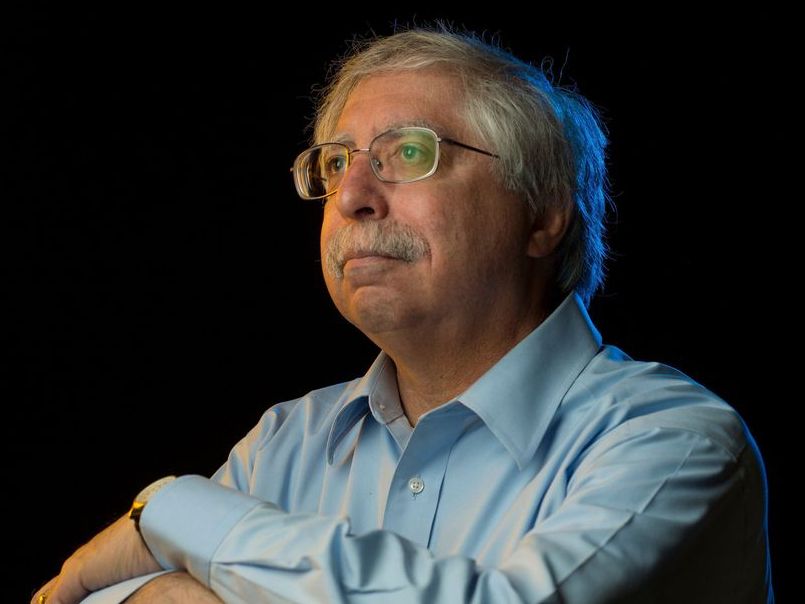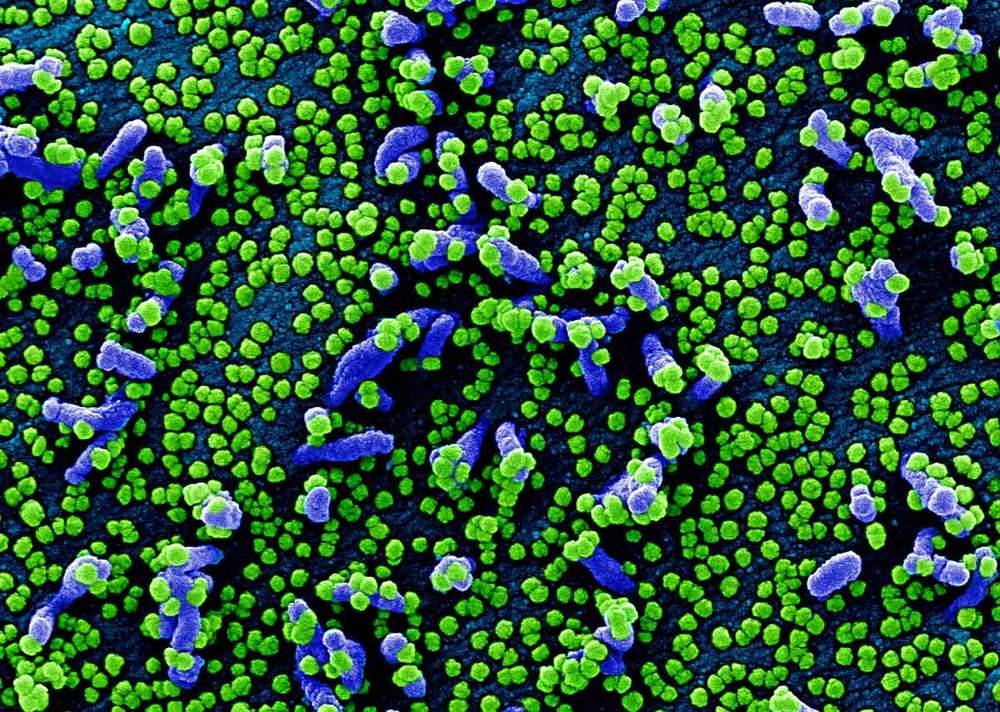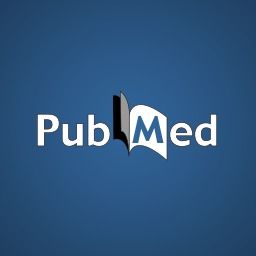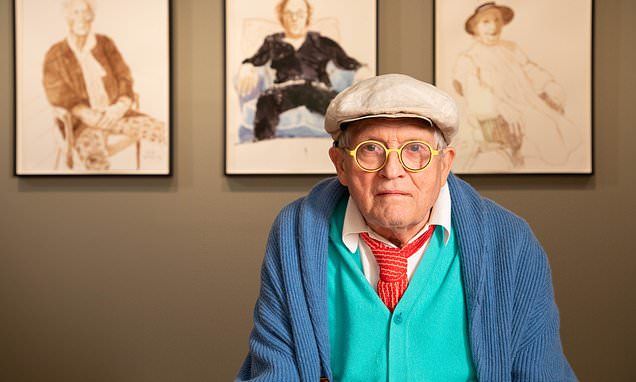The National Aeronautics and Space Administration, NASA, aims to send human missions to Mars in the 2030s. But scientists are still trying to learn more about the potential cancer risks for astronauts due to radiation exposure. Cancer risk from galactic cosmic radiation exposure is considered a potential “showstopper” for a manned mission to Mars.
A team led by researchers at Colorado State University used a novel approach to test assumptions in a model used by NASA to predict these health risks. The NASA model predicts that astronauts will have more than a three percent risk of dying of cancer from the radiation exposures they will receive on a Mars mission. That level of risk exceeds what is considered acceptable.
The study, “Genomic mapping in outbred mice reveals overlap in genetic susceptibility for HZE ion- and gamma-ray-induced tumors,” was published April 15 in Science Advances.







